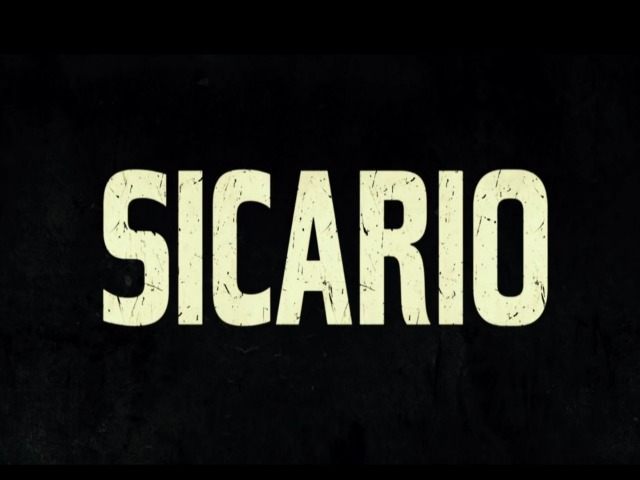Make no mistake; the new thriller in theaters called Sicario is no documentary-style production of the drug war in Mexico. It’s a movie like any other, with its exaggerations and stylistic decisions. But what makes Sicario one of the better representations of the reality that is cartel violence on both sides of the border is that it’s accurate enough to be believable—even to those well-versed in the tiniest details of this endless war.
To be sure, Sicario has its uneven points and technical errors and irregularities. But the acting is outstanding, the plotline is interesting with a few well-placed reveals, and the action scenes appear just when things start getting too slow.
The film’s opening scene takes place in Chandler, Arizona—an interesting choice for the intense and stomach-churning moments that follow, as this was the site of the first known cartel-related beheading in the US in 2010. FBI Special Agent Kate Macer is the head of an anti-kidnapping unit in Phoenix, and as a result of the carnage she witnesses in the opening scene, she volunteers for a shadowy interagency task force whose mission is to find the ultimate cartel leader responsible.
What follows takes Kate and her partner Reggie on a journey into Mexico and southern Arizona in a multi-agency attempt to track a Mexican drug lord through the movements of his subordinate in the US. However, Kate and Reggie barely know who they’re working with: the vague and possibly scheming CIA operative, the deadly quiet Colombian “DoD liaison,” or the scruffy Delta team, whose real goals are never clear. Kate finds herself in a situation way over her head, all while trying to determine if she’s really working with the good guys.
The movie depicts extreme violence in the Mexican city of Ciudad Juárez, over which the city’s mayor has vowed to sue filmmakers. While the gunfire and decapitated bodies hanging from bridges may not currently be occurring with regularity in Ciudad Juárez in the present day, these events were frequent only five years ago. They are also routine in places like Acapulco, Reynosa, and Nuevo Laredo, and moviegoers still need to be exposed to and understand the cruelty drug cartels are capable of, regardless of the pinpoint accuracy the mayor desires.
What was truly a nice surprise in Sicario were subtle lines and moments in the dialogue that mentioned specific cartel methodology understood well by experts. Sadly, the screenwriters didn’t expand on these points enough for the audience to understand more deeply. For example, in one scene where the group is driving through Ciudad Juárez, an agent comments on the decapitated bodies hanging from a bridge. He explains how brilliant the cartels are in the way they can make people believe the corpses are individuals who really did something to offend the cartels. Unfortunately, there’s no mechanism for explaining how cartels often kill innocent people and use them as props—along with handmade signs or banners—in psychological warfare against the community and police.
The important thing to remember when seeing Sicario—which I do recommend—is that it is not a documentary, and the plot and acting and action receives the Hollywood treatment. However, there is enough accuracy in the film (especially one very tense scene involving a cross-border drug tunnel) to suspend any disbelief by those more knowledgeable about the drug war, as well as to educate filmgoers with no knowledge of the drug war’s brutality.
Sylvia Longmire is a border security expert and Contributing Editor for Breitbart Texas. You can read more about cross-border issues in her latest book, Border Insecurity: Why Big Money, Fences, and Drones Aren’t Making Us Safer.

COMMENTS
Please let us know if you're having issues with commenting.